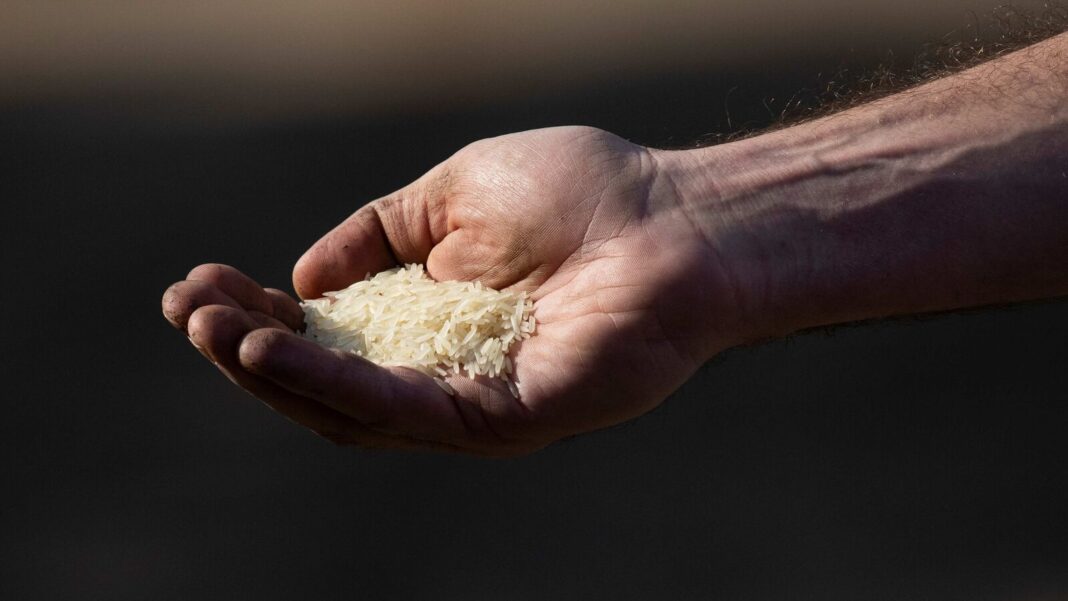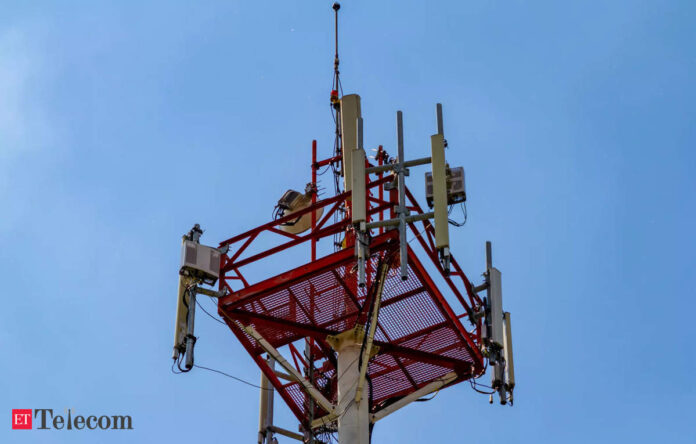In Short:
The Indian government has cut the export duty on parboiled rice from 20% to 10% to manage overflowing granary stocks as new crop procurement starts on October 1. This move aims to ease storage challenges and boost rice exports. The duty reduction also applies to husked and paddy rice. Granaries are filled with last year’s stock before the new crop arrives.
India Eases Export Duties on Rice to Tackle Storage Woes
New Delhi: As the countdown to fresh crop procurement begins on October 1, the Indian government has taken decisive action in response to the mounting pressure on storage facilities. Late Friday, the export duty on parboiled rice was reduced from 20% to a more manageable 10%. This strategic move aims to alleviate the burden of overflowing granaries while boosting India’s competitiveness in the global rice market.
Immediate Impact of Duty Reduction
The Department of Revenue, under the Finance Ministry, wasted no time in making this adjustment official, stating that the new export duty structure will take effect immediately. Along with parboiled rice, the duty on husked (brown) rice and rice in husk (paddy or rough) has also been slashed to 10%.
A Response to Overwhelming Storage Challenges
This decision is largely seen as a necessary response to the ongoing storage crisis. With last year’s paddy stock occupying granaries just as new crops are set to arrive, the government is keen to facilitate smoother stock management and encourage exporters to clear their inventory.
Policy Shift Explained
Interestingly, this move marks a shift from the policy enacted just a month prior, in August 2023, when the government had raised the duty to 20% following a poor monsoon season attributed to El Niño. The earlier measures were implemented to ensure domestic supply amidst fears of crop yield declines in key paddy-growing areas.
The Outlook for Rice Cultivation
Fast-forward to today, and the grain situation has changed significantly, with both Haryana and Punjab—two of India’s prime rice cultivation states—announcing their paddy procurement policies. Notably, Haryana commenced its procurement process last Friday.
Strong Sowing Numbers
According to reports from Mint, the government had been mulling over the relaxation of rice export restrictions, especially given the record high sowing figures this year. As of September 20, the acreage under kharif crops has risen by 1.5% year-on-year, totaling 110.46 million hectares, surpassing the four-year average.
Rising Prices Amidst Export Dynamics
Data from the agriculture ministry reveals that the area planted for paddy has increased to 41.35 million hectares—a 3% rise from the average. Despite the growing production, the Consumer Affairs Ministry reported a 2.2% increase in rice prices, recently climbing from ₹42.42 to ₹43.35 per kg.
Export Trends
In the fiscal year 2024, India exported a total of 15.7 million tonnes of rice, which included 2.36 million tonnes of non-basmati white rice and 7.57 million tonnes of parboiled rice, compared to 21.8 million tonnes in the previous fiscal year. The government had imposed a prohibition on non-basmati white rice exports last July to protect domestic food security and stabilize prices during a challenging production year.
With the export duty reductions now in place, the Indian rice market appears poised for a more flexible and fruitful season ahead.





